The Pays de Savoie is mainly known for its mountains (The Mont Blanc and the French Alps) and its cheeses (Beaufort, Tomme, Reblochon, Raclette). The region has indeed some of the most beautiful parts of the Alps, such as the Aravis, the Bauges, the Chartreuse, the Vanoise and the Beaufortain mountain ranges, and the Maurienne, Tarentaise, Beaufortain and Arly Valleys. Highly populated in the valleys, for example in the cities of Chambéry, Annecy and Albertville and little populated in the mountains, the Pays de Savoie is a region of contrast.
Where is Savoie?
The region of Savoie is bordered by Switzerland and Italy. The tallest summit is Mont-Blanc (4,810 m above sea-level). Its main cities are Annecy and Chambéry, other mid-sized towns are Annemasse, Aix-les-Bains, Cluses, Thonon-les-Bains, and Albertville.
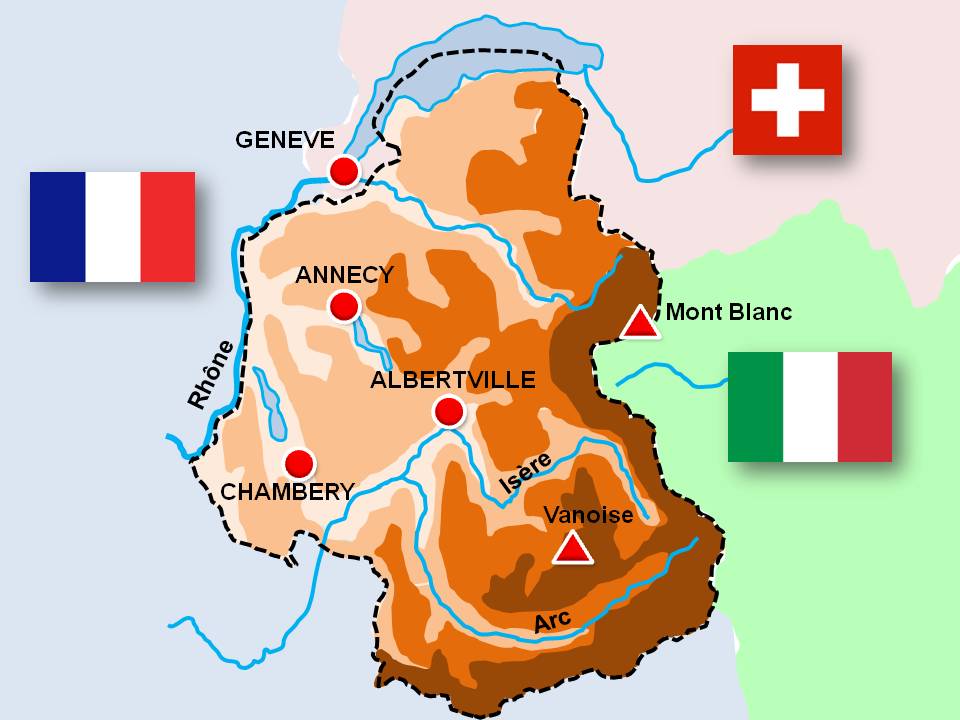
The two Savoie: a historical introduction
Historically, the Pays de Savoie has developed in two Savoie, corresponding to two different départements (French administrative units): Savoie (southern part) and Haute-Savoie (northern part). This evolution is as much the product of the French administrative organization as an outcome of European history.
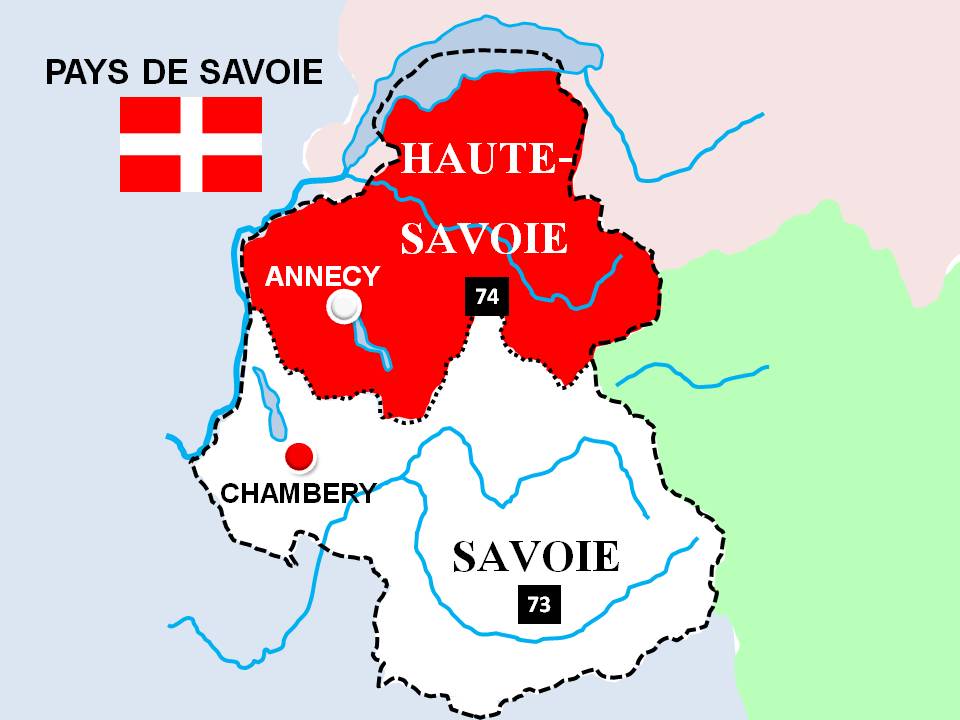
The famous crossing of the Alps by Hannibal and his elephants shows how strategic the Savoy region is and its importance to Italy, France and Europe in general, especially for trading. The Pays de Savoie has always kept a strong regional identity – like Alsace or Brittany – thanks to its key role in Europe. Its great strategic position has therefore been the object of rivalry.
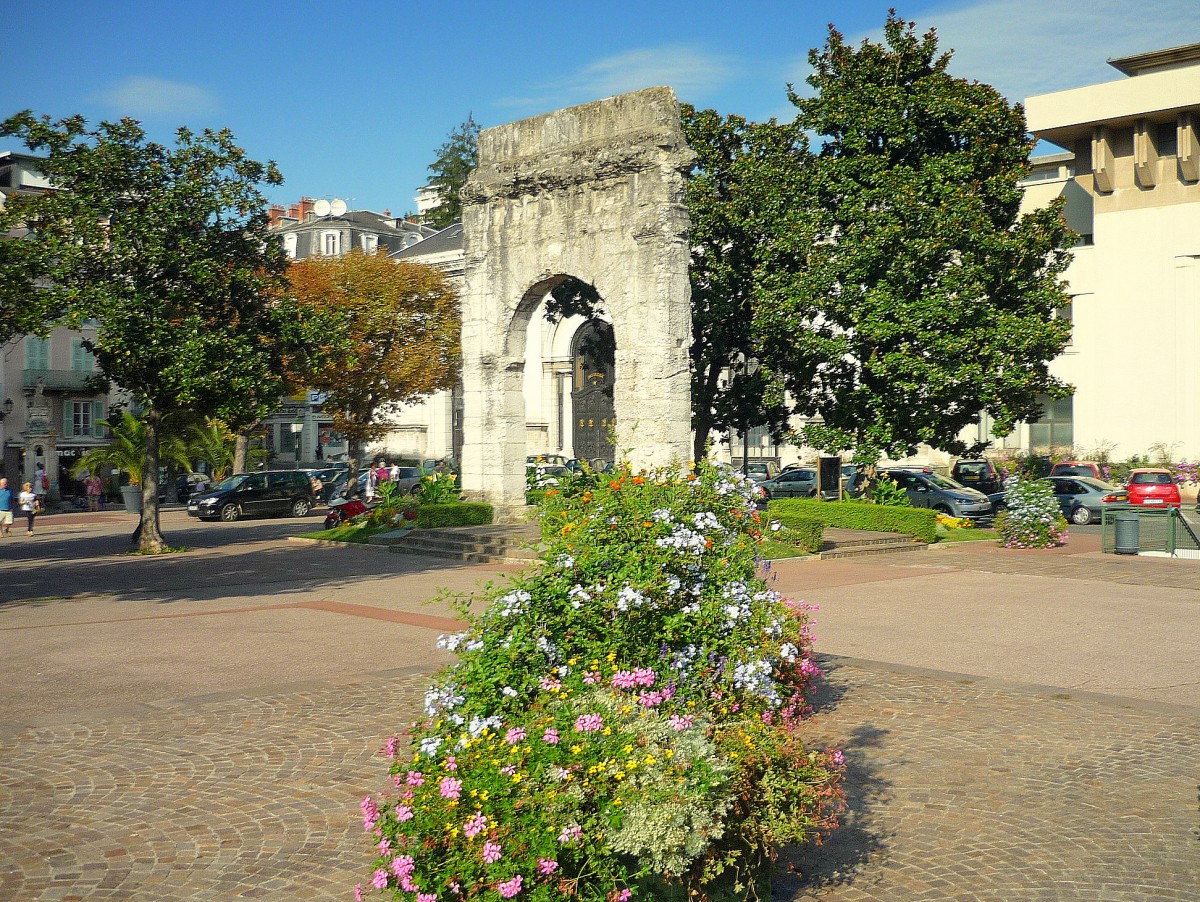
The Maison de Savoie (House of Savoy) appears in the course of the 11th century with the first Count of Maurienne. The Maison de Savoie then expands to the other valleys, as a result of battles and political alliances. In 1416, Amédée VIII of Savoy obtains the title of Duke, thus giving the House of Savoy more power and influence. This event stresses the strategic role played by the Savoy in European geopolitics.
The Dukes of Savoy will then take more and more interest in Italian politics. The Piemont (region of Turin) falls under the control of the Duke of Savoy. After several years of conflict between the Kings of France and the Duke of Savoy over the province, the Treaty of Utrecht in 1713 gives justice to the Duke of Savoy. Duke Victor-Amédée II becomes King of Piemont and Sicilia and then of Sardinia, hence pushing Savoy even more into the Italian world.
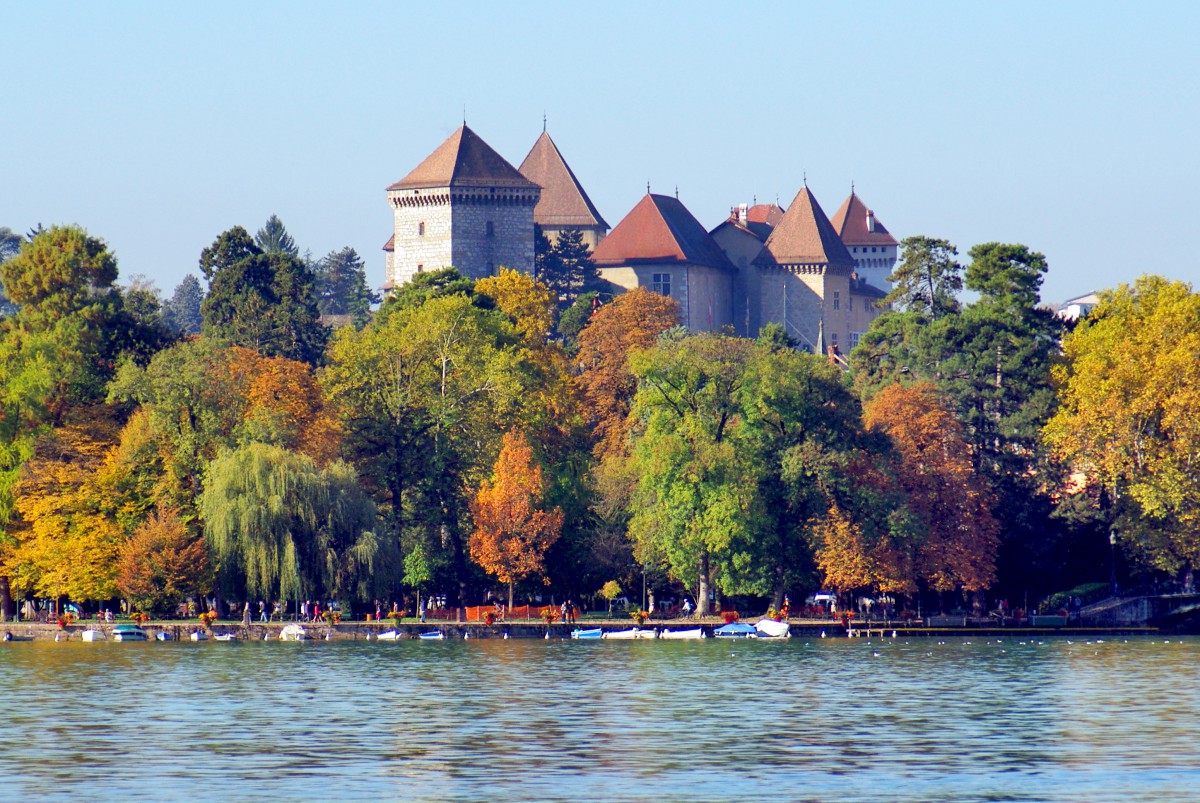
Under Napoleon I, the Duchy of Savoy is annexed to France and after Napoleon’s fall, it returns to the Savoy dynasty. During the Italian unification wars, Napoleon III helps the Italian kings and dukes achieve Italian unity against Austria. As a reward for its intervention, the Empire of France receives in 1860 the city of Nice and the Savoyards (the people of Savoy) are asked to vote by a referendum about the opportunity to become French. They responded with a massive OUI! (130,533 “Yes” against 235 “No”).
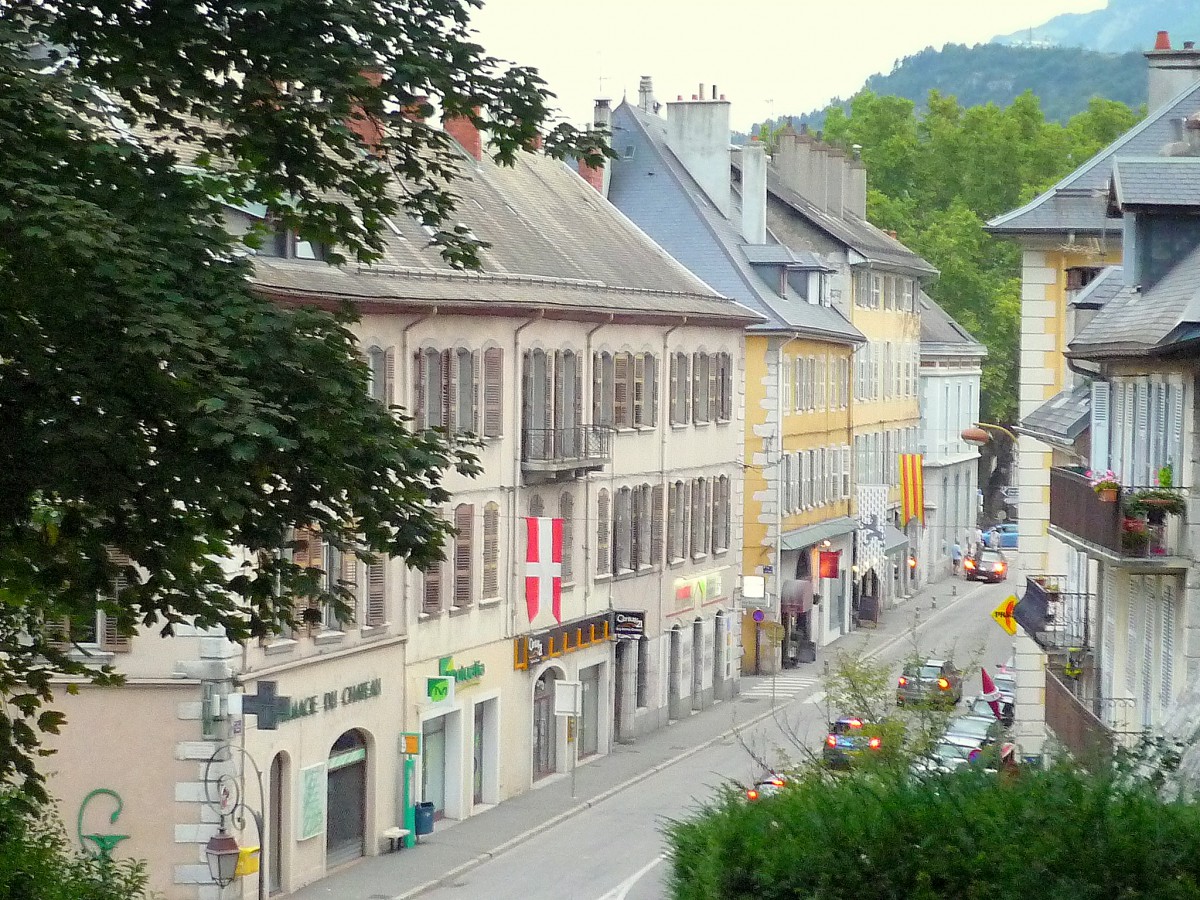
We remember… “In the past, the Savoie valleys were faced with unending poverty. Some extremely poor Savoyard children had to find work. What were they good at? Climbing! So, they became chimney-sweeps and, being agile, they would climb on the roofs. The young boys became emlems in Paris where many would see them, pulling a domesticated marmot, a red cap and on their back a hedgehog (a squeegee aimed to clean the inside of a chimney). Today, happily, those difficult times for children are over.”
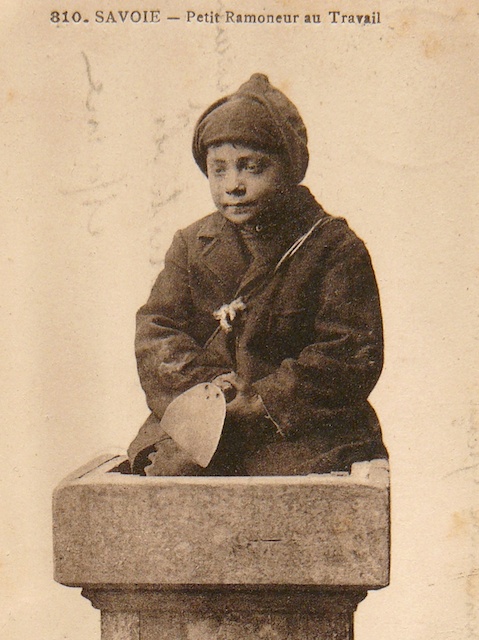
The economic life in the Pays de Savoie
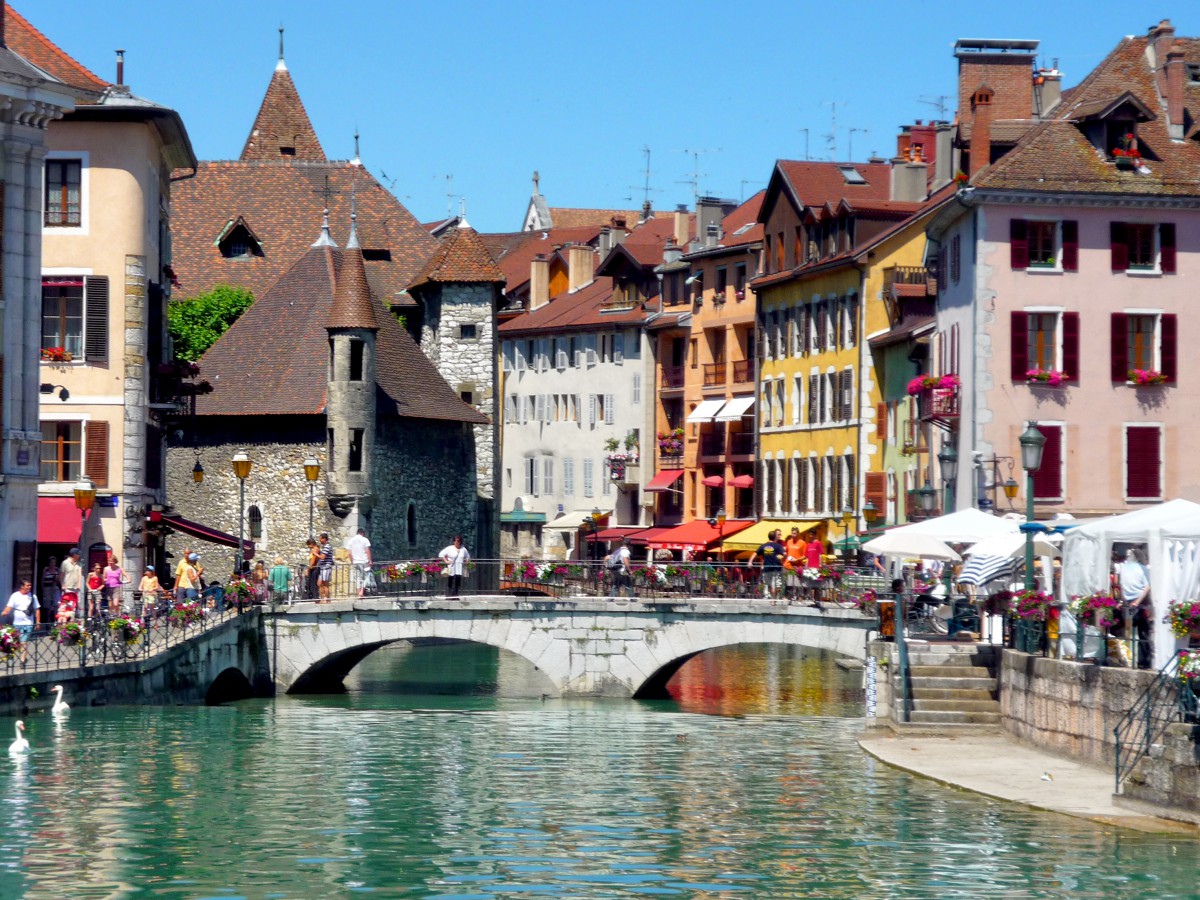
The proximity of regional centres such as Geneva in Switzerland, Lyon and Grenoble in the Auvergne-Rhône-Alpes region of France have a great economic influence. Administrative affairs are managed respectively from Chambéry for the Savoie département and from Annecy for the Haute-Savoie département. Yet to find the historic centres of Savoie, one must go deeper in the valleys and visit La Roche-sur-Foron, Albertville, Montmélian, Abondance, Chamonix, Megève, Moûtiers or Bourg Saint-Maurice.
The economic life of the two départements is quite different from one another. The Haute-Savoie is a rich département because a lot of its inhabitants commute to Geneva (Switzerland), earning higher wages than in France but living in Haute-Savoie. It is also characterised by the décolletage industry, which produces screws and bolts, notably for the automobile industry. Because of the great amount of swarf this industry generates, the area around the city of Bonneville (Vallée de l’Arve) is said to be highly polluted.
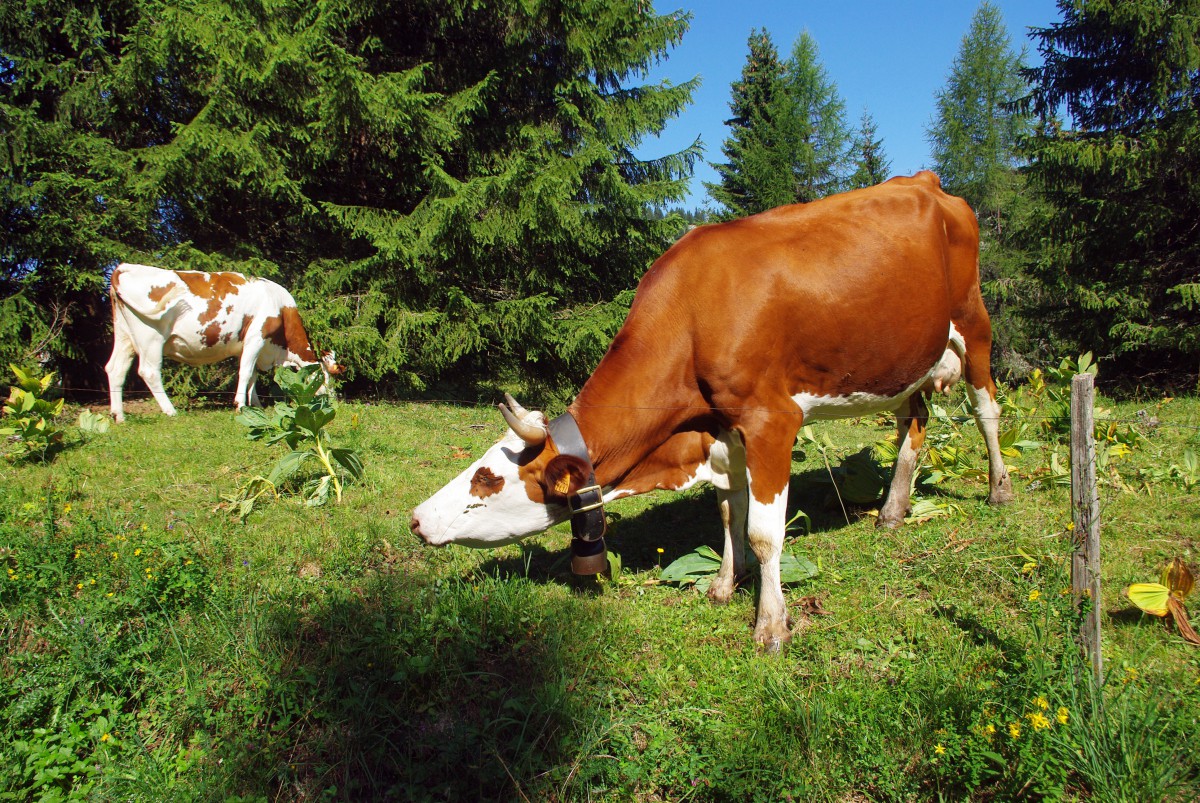
The Savoy has historically mostly lived in agriculture and farming. Nowadays only a few farmers are still living of this activity. Most of them have specialised in the region’s strongest assets: cheese as well as wine production. The white wine amounts to approximately 80% of the wine production, amongst which the vineyards of Chignin and Apremont are the most famous. Yet the major economic activity nowadays is tourism.
In summer, the Savoy attracts a lot of tourists wanting to go hiking and enjoy its many lakes (such as in the Vanoise).
In winter, Savoy attracts by its wide offer of winter sports. It possesses the highest ski resorts in France and even in Europe with breaking records:
- Val Thorens is the highest ski village in Europe (2300 m)
- Tignes has the highest ski run in Europe starting at 3550 m)
- Les 3 Vallées is the largest ski resort in the world (600km of ski runs).
The most famous ski resorts of Savoy are: Courchevel, Val d’Isère, Tignes, Les Arcs, La Plagne, Megève, Chamonix, Samoëns, Méribel, Val Thorens, Les Ménuires, Valmorel, Valloire, La Toussuire, Les Saisies, La Rosière…
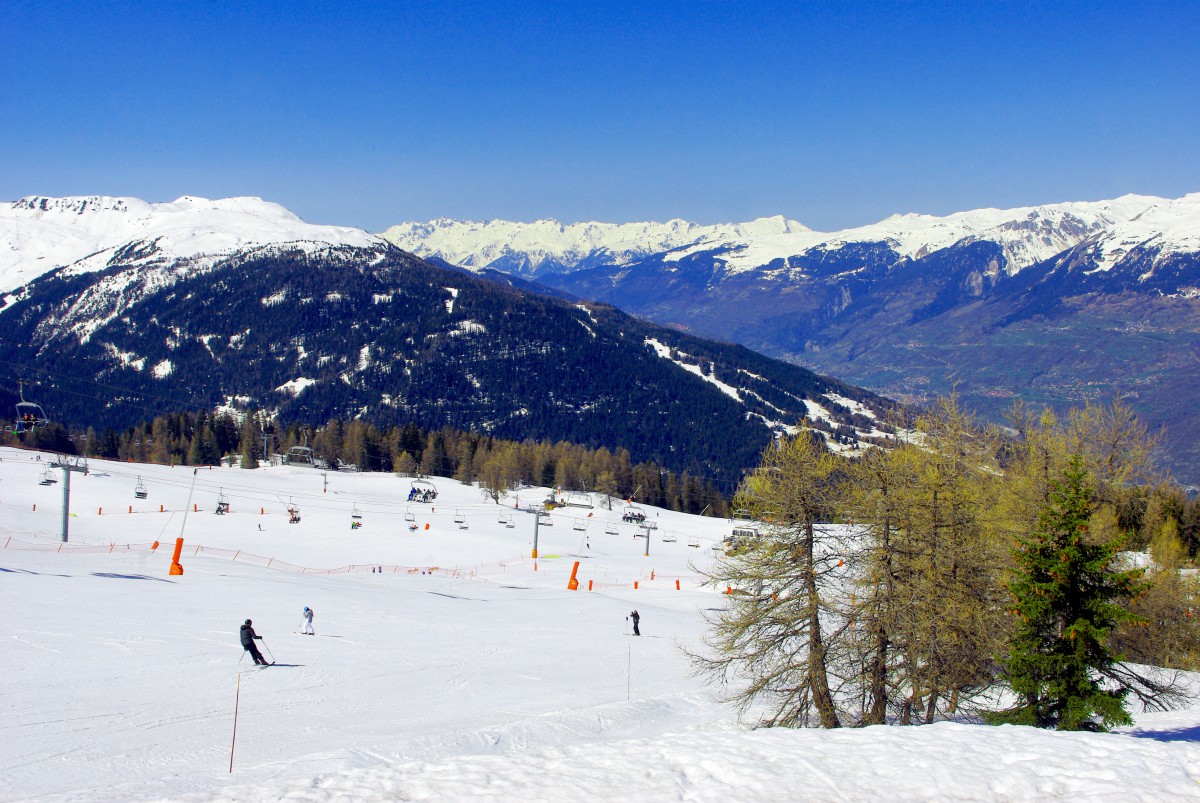
Both “capital” cities, Annecy and Chambéry, are famous for their castles, nearby lakes and surrounding mountains and are very scenic.
Nature of the climate in the Pays de Savoie
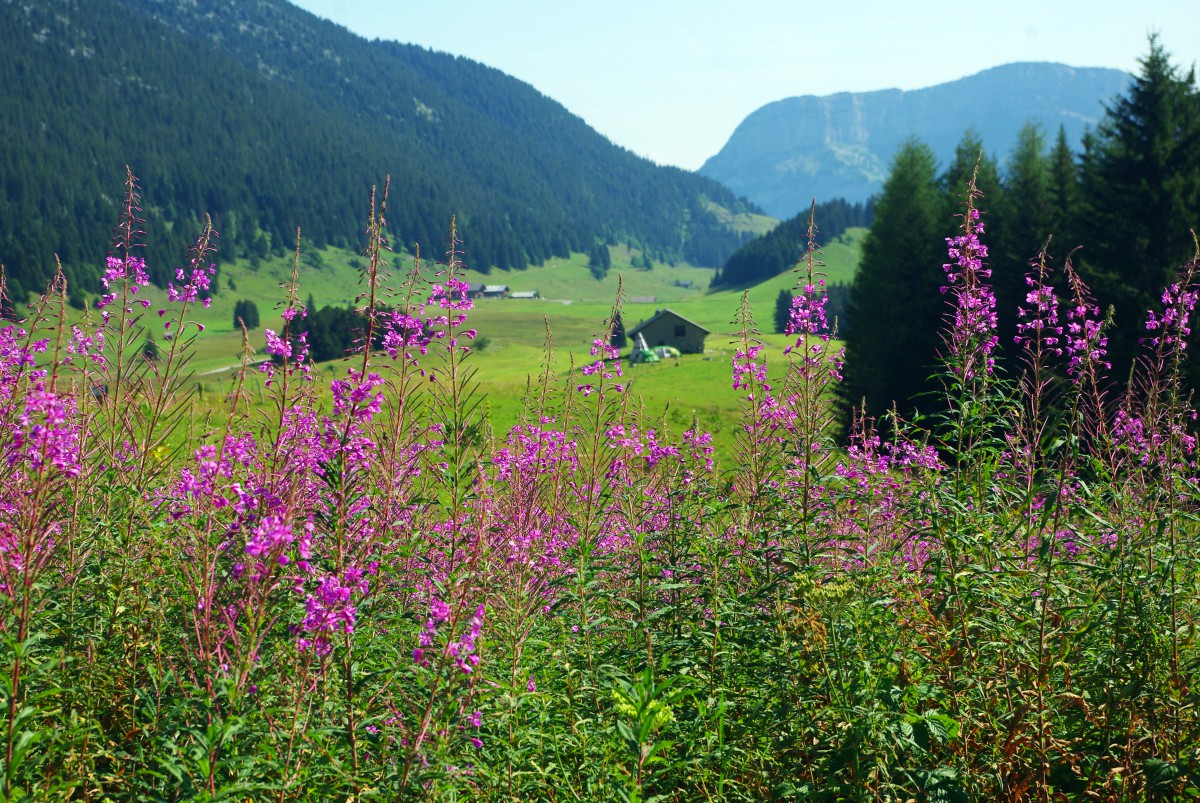
In the past, winter used to condemn the Savoy inhabitants to inactivity. Today, this season has obviously become the busiest season for most villages and ski resorts. The constant improvement of equipment has allowed the winter sports activities to take place from the first snowfalls in autumn through to May. The Pays de Savoie have long beautiful sunny days throughout summer with regular temperatures reaching 35°C in Chambéry, Annecy and the valleys in general.
Sports activities in the Pays de Savoie

The Pays de Savoie are first and foremost renowned for their beautiful and very high mountains, such as Mont-Blanc, culminating at 4,810 meters (11th highest mountain in the world). The region was thus the favourite playground of experienced alpinists, with the goal of opening new ways, to find more difficult tracks to take. The less experienced went hiking (faire de la randonnée) in less difficult ways but still with stunning views. The region literally bursts with hiking tracks.
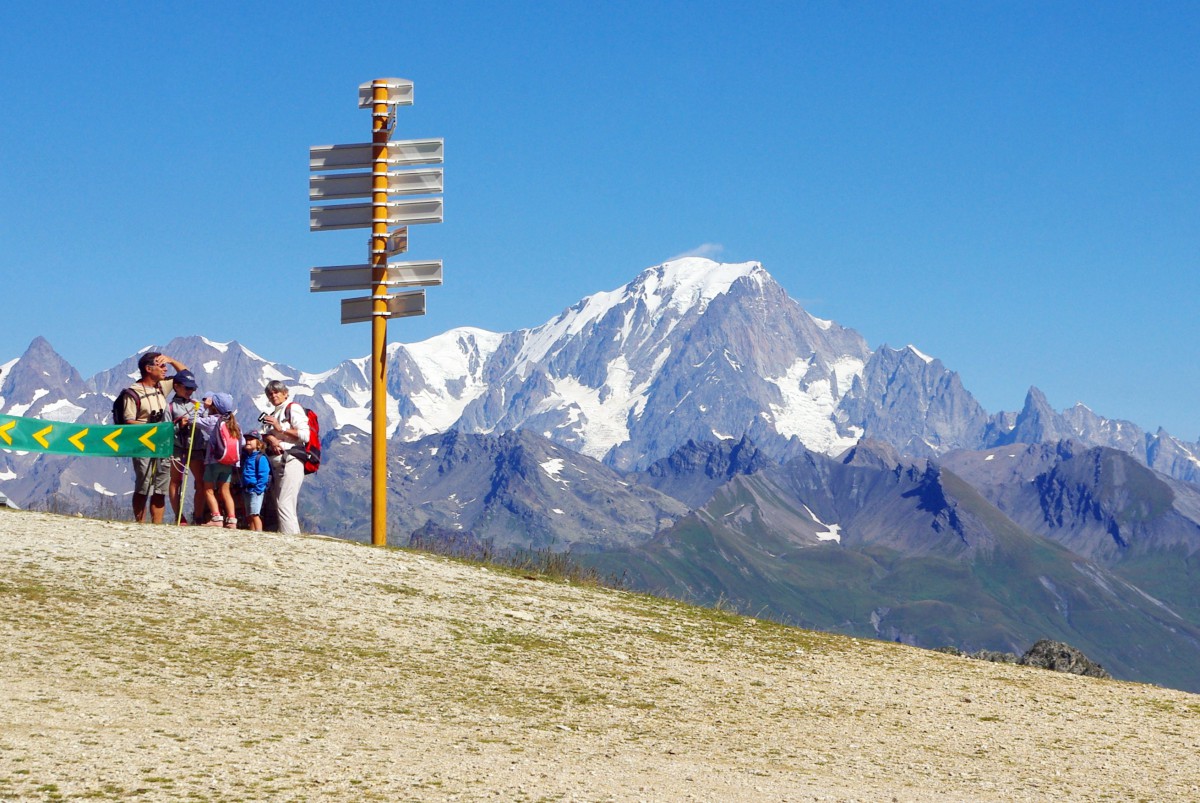
Savoie is also renowned for its ski resorts on high mountain ranges. It is indeed the first French département in terms of the number of ski resorts. Most of them offer ski runs, snowboard parks, sledge runs, cross-country skiing runs, ice rinks and often bobsleigh tracks, ice-racing tracks and MTB snow-riding slopes and much more!
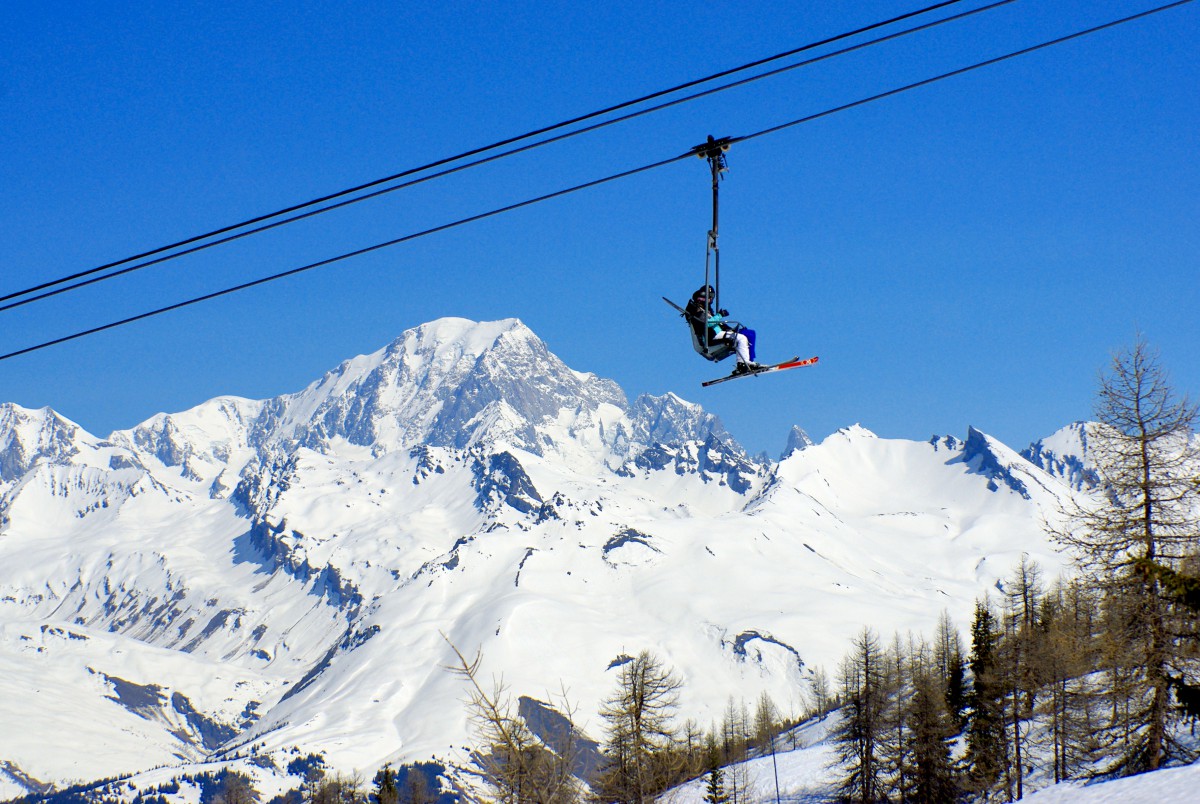
New sports have appeared that take advantage of the configuration of the Pays de Savoie’s landscapes and please thrill-seekers. The opening of Via Ferrata (“iron road” in Italian) in the most impressive gorges of the region is a good illustration. Adventurers climb along the gorge on thin iron steps built in the rock, sometimes crossing waterfalls or bridges hanging precariously over a torrent. The Via Ferrata du Diable (Iron road of the devil) around the ski village of Aussois (Maurienne Valley, Savoie) is perhaps the most spectacular. People climb the gorge with a view on the torrent 100m lower until reaching the massive Fort Victor-Emmanuel (1300m).
Other extreme sports include paragliding from the highest summits, with startling views over the region’s lakes and mountains. Thrill-seekers will also enjoy the Fantasticable, which consists in flying over a valley “like a bird”. The daring adventurers are strapped to a cable, in a lying position, arms along their body. The cable is sometimes as long as 1.2 km and the speed often reaches 120km/h.
Mains sights in Savoie
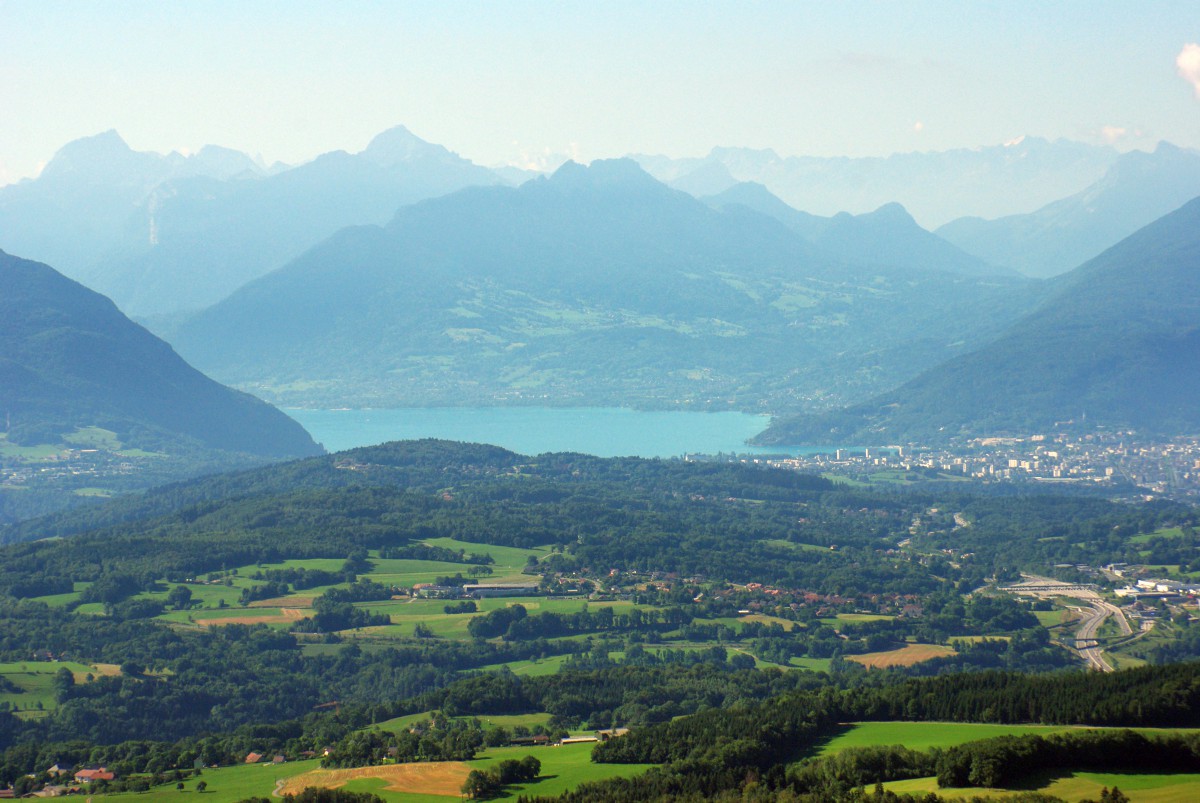
Évian, Thonon, Challes-les-Eaux and Aix-les-Bains are cities renowned for their thermal baths, designed for therapeutic as well as relaxation purposes. But most importantly, the Haute-Savoie and Savoie départements include the three largest natural lakes in France: Lake Annecy, Lake Bourget and Lake Aiguebelette. Enjoy the diving, cruising and the beautiful restaurants surrounding the lakes which offer the famous frog dish but also more traditional culinary delights such as the Raclette, Tartiflette, Croziflette and Diots au vin blanc (sausage cooked 4hrs in white wine)!
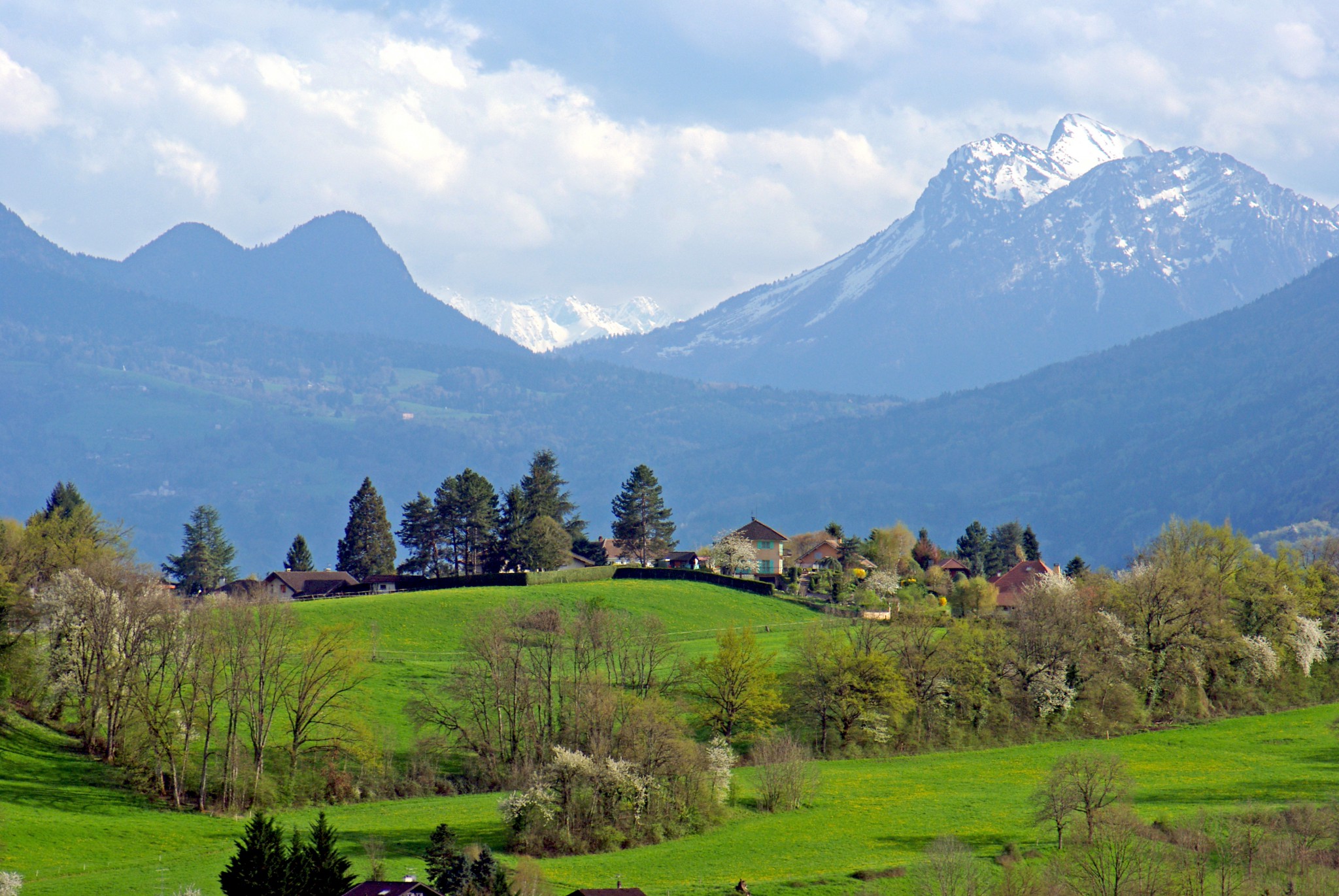
Visitors can also enjoy the many facets of the architecture of Savoie. As a catholic land and a region where many conflicts occurred, the Pays de Savoie demonstrate a large variety of churches as well as a tremendous amount of defensive castles. For instance, the Tarentaise Valley boasts some of the most beautiful Baroque churches in France.
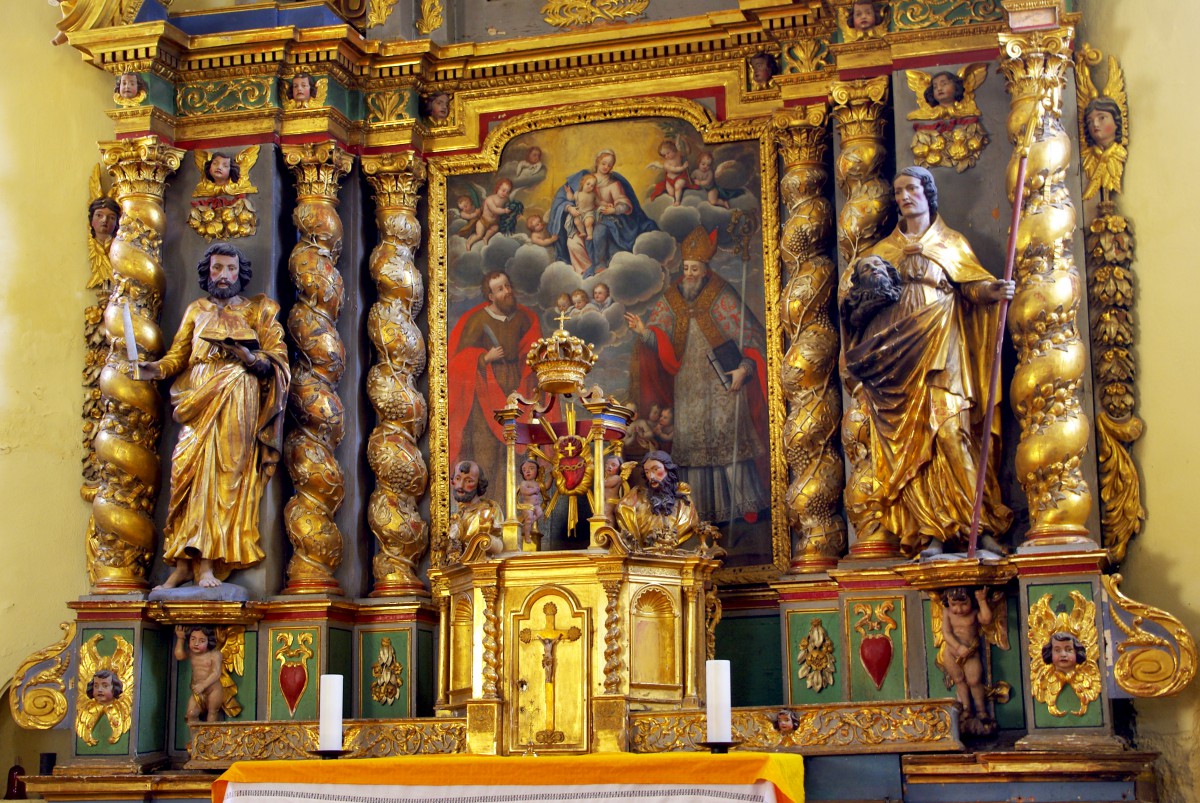
The castle of Chambéry is renowned because it was the castle of the Dukes of Savoy. It was built during the 11th century and was meant since its origin to serve an administrative as well as a defensive purpose (fortress). The castle also shelters the Sainte-Chapelle, a stunning chapel in flamboyant gothic style with a Grand Carillon from the Paccard Foundry which is the biggest set of bells (70 bells!) in Europe and the 4th biggest in the world…
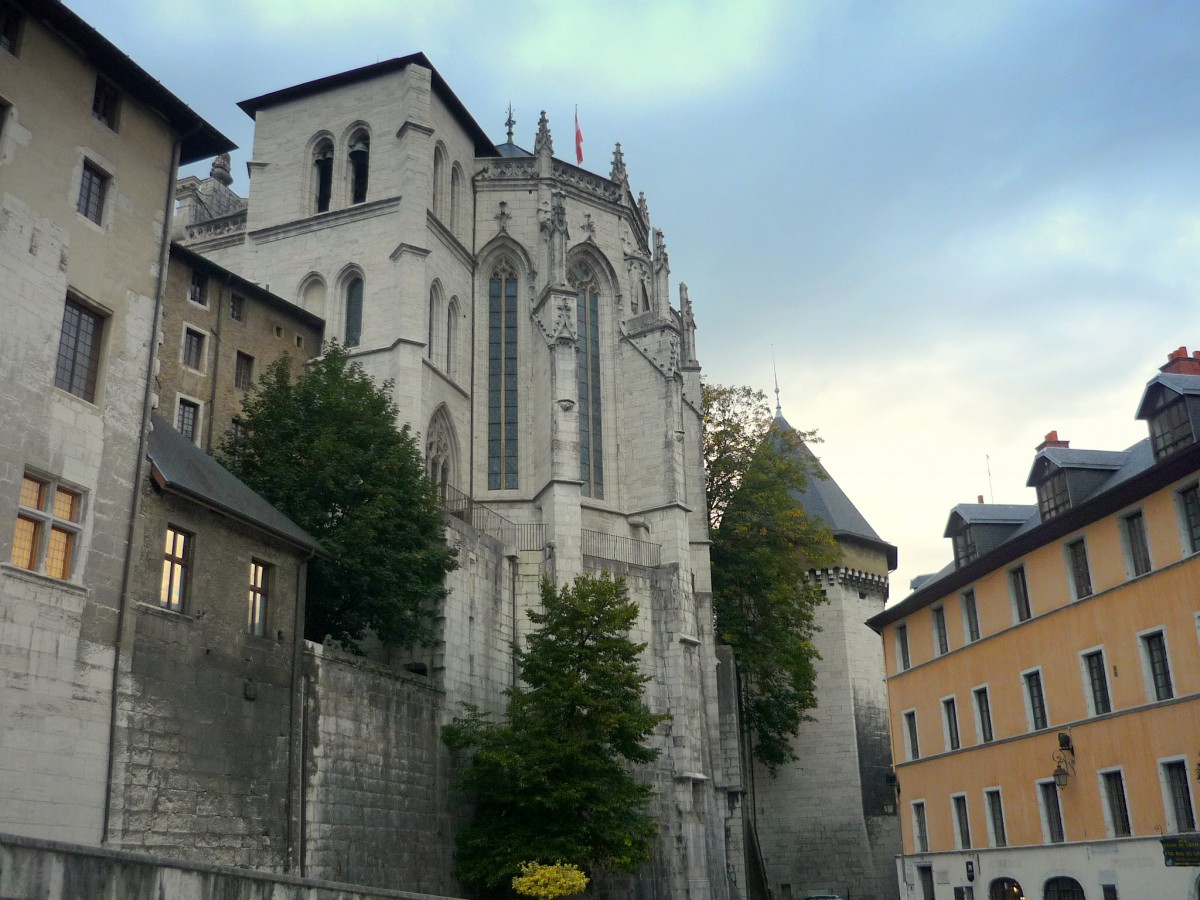
A traditional Savoyard chalet is also an object of curiosity for tourists since its style varies greatly from one valley to the other. What makes the specificity of the chalet’s construction is its skilful combination of stone and wood. The chalet is supposed to blend in with the mountainous landscape.
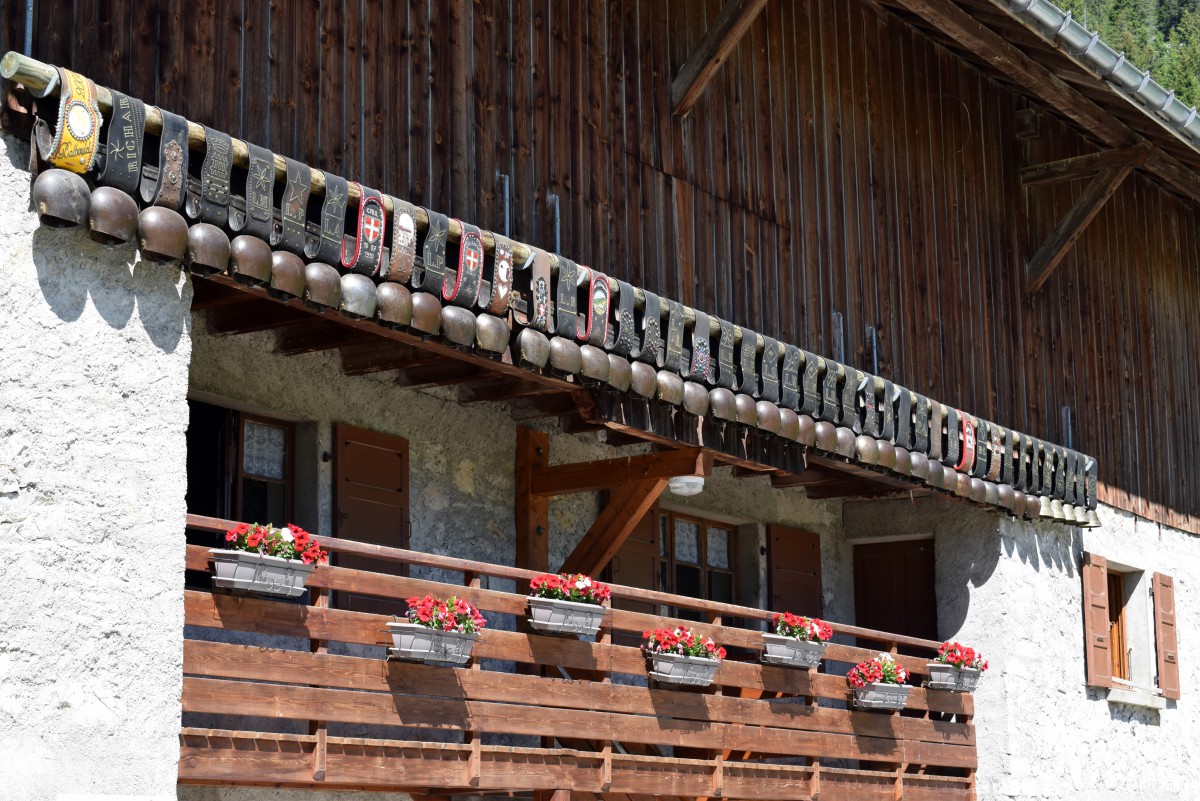
The higher up people go in the mountains, the more almost entirely stone-based chalets they are bound to discover. Whereas the valleys in Savoy mostly display huge gorgeous wooden chalets.
How to get to Savoie
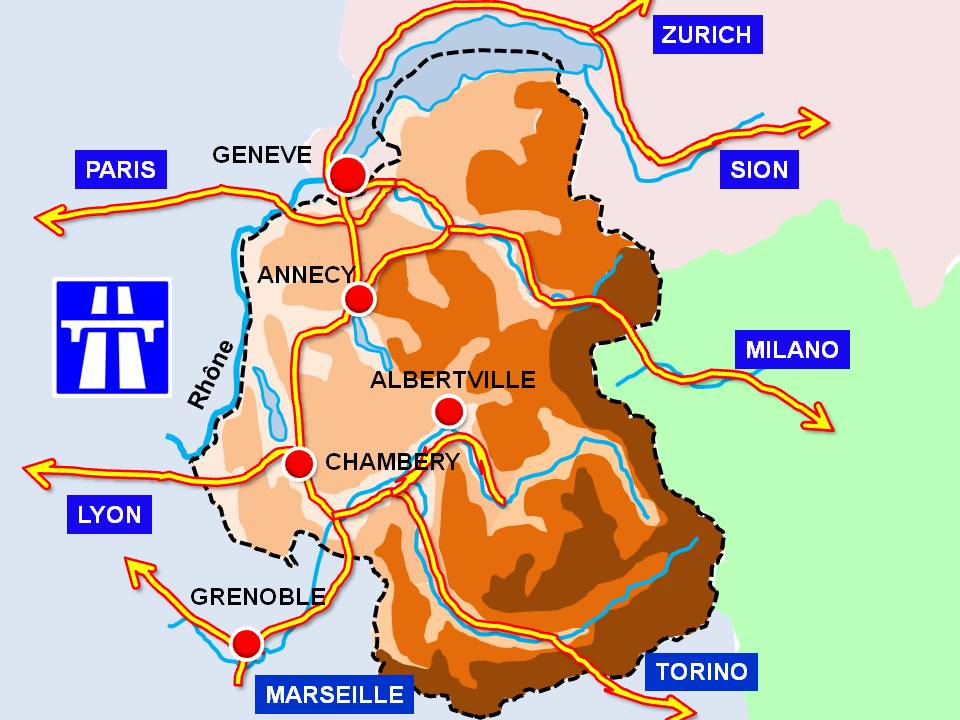
To go to both départements, you can take the TGV from Paris, Lyon, Grenoble. For instance, the TGV Paris-Chambery only takes 3 hours. Regional trains also go very deep in the mountains to small scenic villages and to the very heart of most ski resorts.
Check out our article about the French Alps and the Savoie-Mont-Blanc Tourist Information Website for more info.
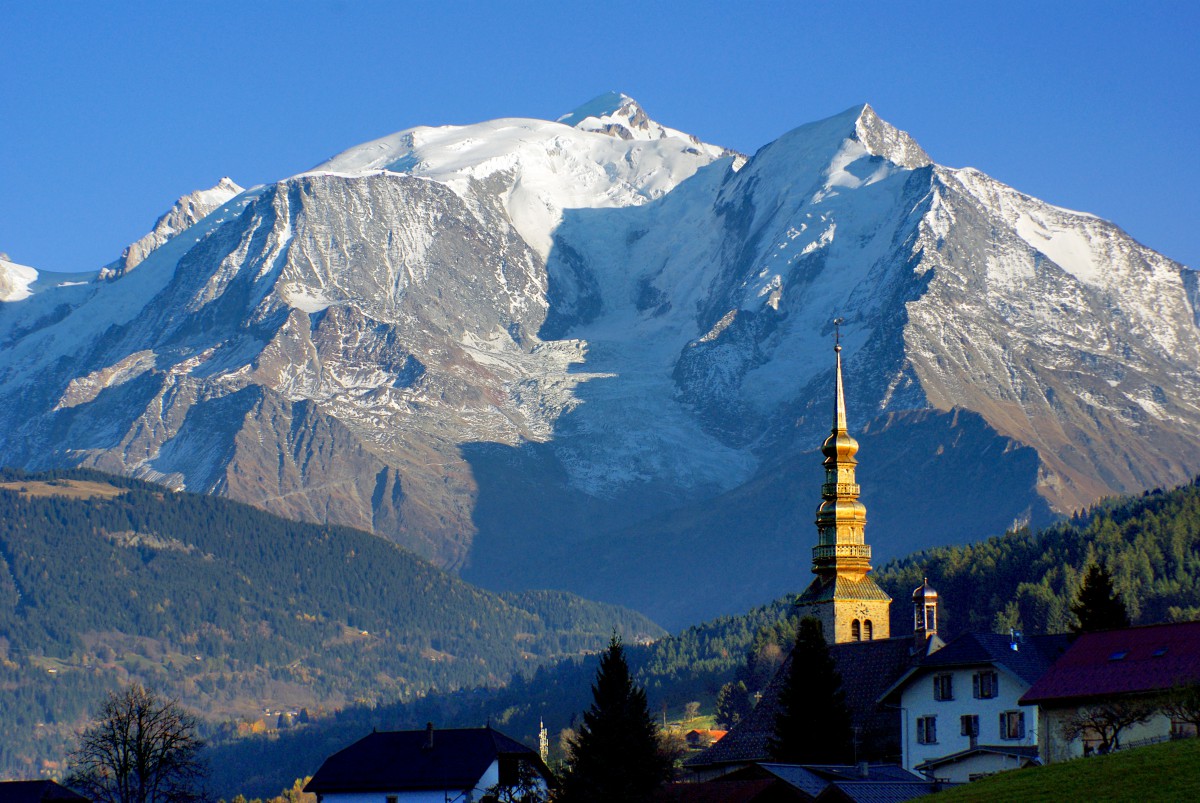
Did you like what you read? If so please share it on Facebook or Twitter!
Inspired? PIN IT for later!
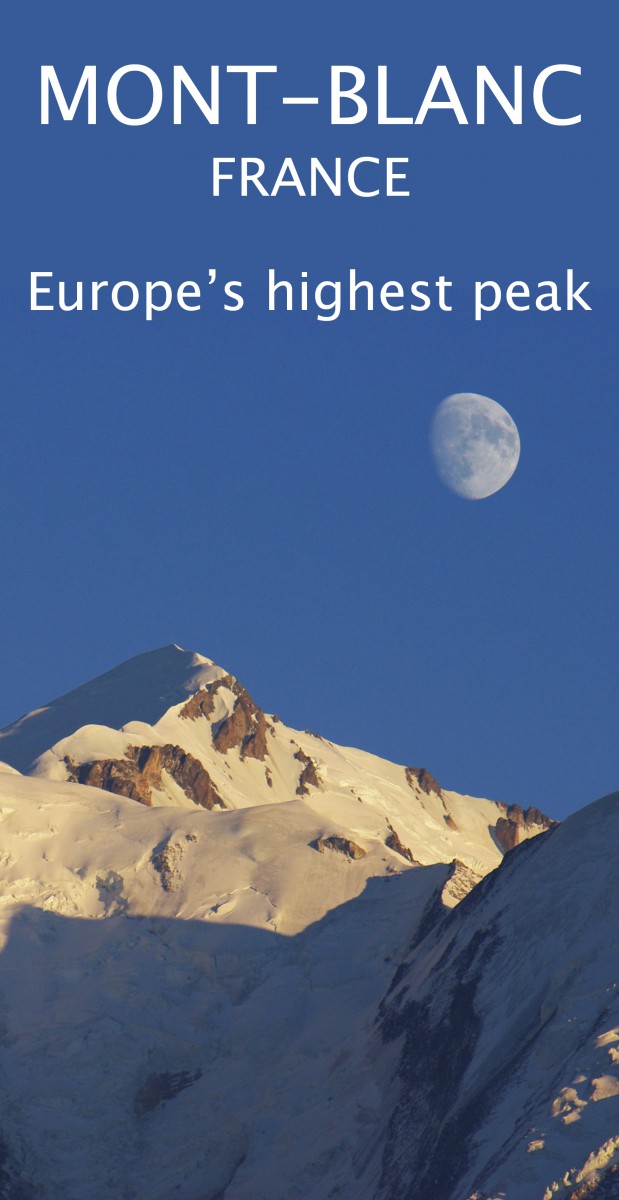
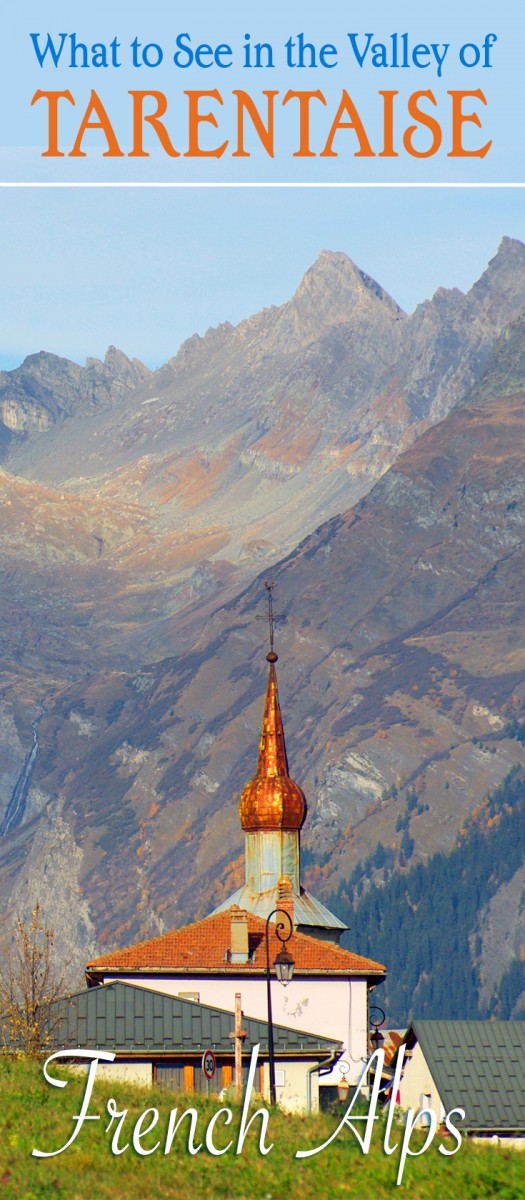


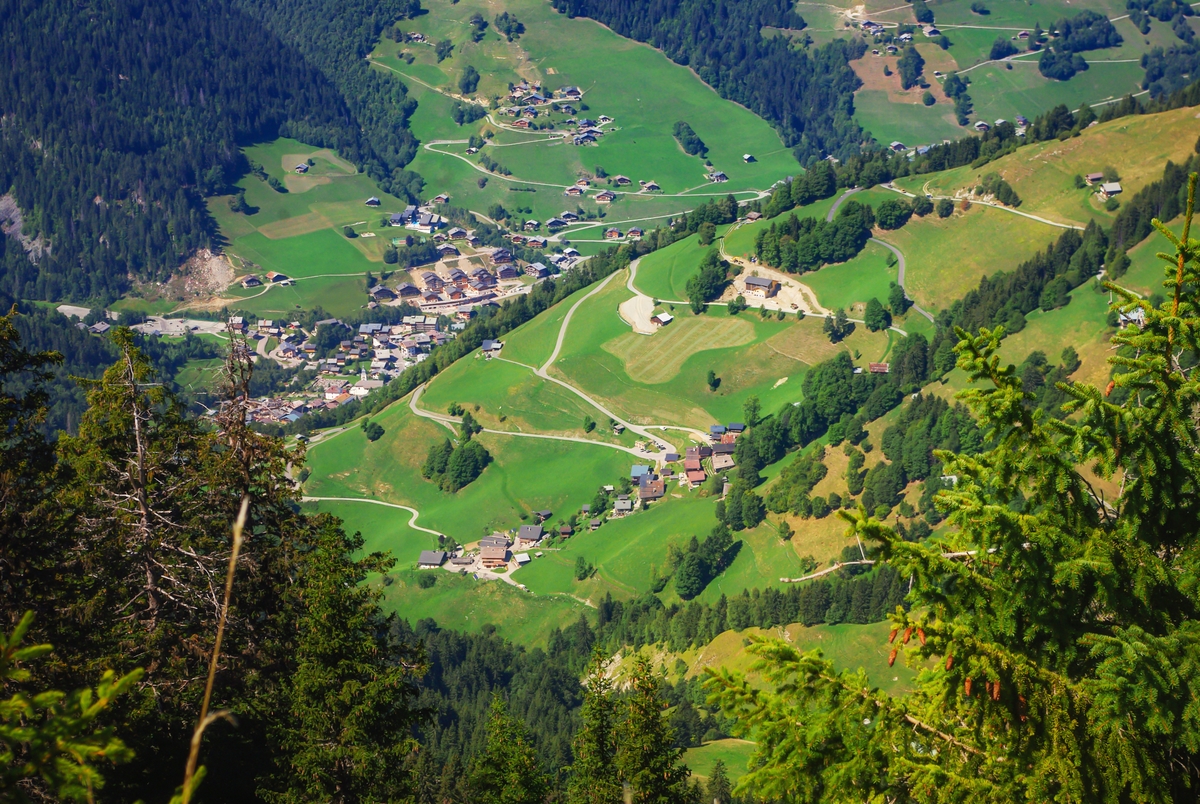



Hi, Pierre…
I thoroughly enjoyed your Blog – in fact I keep referring back for a recap from time to time. But I was wondering if you might be able to help me further?
Getting straight to the point: I am currently writing a piece of fiction – could become a novel one day who knows – and most of the action for the piece is located in and above Chamonix, notably on the aiguille du midi and will culminate eventually at Mont blanc…
My piece of fiction is in the historical period of 1789, around the time of the French and european problems, and involves four Lady travellers and two other female companion from England who are mostly able mountain adventurers and spend time on the previous mentioned areas above Chamonix, and of course the village itself.
My problem has been finding much historical information in Chamonix and the valley and the general way of life and existence there, and how both the worse off and the better off exist together and what their day to day lives might consist of.
I only really have the English hotel info, but not much outside of that. I know of cheese making and crystal and chamois hunting and agriculture/farming… but only scant dribs and drabs of info…
Are you aware of any English worded books or places of historical interest as mentioned where I might find a DEEPER knowledge of Chamonix and its peoples and habitats and general ways of life?
Hope you might be able to help me…
My Lady climbers have just spent a good deal of time on the du midi slopes, and are a bit wacked out: they need some village life to enliven them again!!!
Thank you for the blog and any help you might glean, Pierre…
Tony Dawkins
Hi Tony, thank you for your comment. I will have a look at it and will be in touch in a couple of days! 🙂
Hi again, Pierre, and thank you so much for your response! I am going to see if there are any ideas from anyone on the main Chamonix tourist blogs, which add a 'tiny' historical footnote on their pages… But I would think they are far too busy selling trips and vacations to help me much further with my research. Yesterday I finally had my first two Ladies (1789 remember) scale the dizzy heights of the Aiguille du Midi and topped out where the upper rocket shaped antennae is placed today… but they were too giddy to appreciate the view… They saw their final goal though, before the clouds rolled over it: Mont Blanc… The hours of climbing writing exhausted me to be honest… as it took me back to my days clambering over rock and sharp arete myself… We visited Chamonix several years ago now – and I did not want to leave… Also was able to visit the grave of my old hero: Edward Whymper, whose books inspired me to take to the rock…
Thanks again…
Tony
Hi again Pierre…
I recently found this: A brief historical sketch of the valley of Chamouni – and I think it was published in 1832. It is Internet Archive material…
It is old but it seems to contain 'most' of the older historical activity of the valley from olden days – which is good for my research and fictional story.
That’s great news, Antony. I hope it will be very useful for you. Cheers!